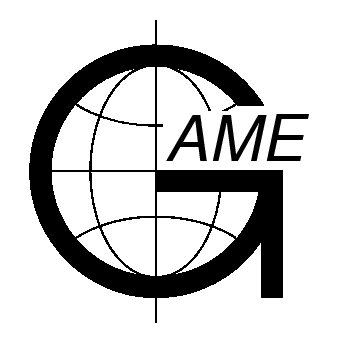Abstracts for the 5th International GAME Conf.

3-5 October 2001
Aichi Trade Center
Nagoya Japan
Rainfall interception by a hill evergreen forest in Nothern Thailand
Nobuaki TANAKA (1), Chatchai TANTASIRIN (2), Masakazu SUZUKI (1), Nipon THANGTHAM (2)
(1) Univ. of Tokyo
(2) Kasetsart Univ.
Observations of rainfall interception at Kog-Ma watershed started at May 1998 in order to understand annual amount of interception and to discuss interception losses of each rainfall event as a part of water and energy budget study in a hill evergreen forest under GAME-T. Kog-Ma watershed is located at 18üŗ45üīN,ü@98üŗ54üīE and 1268 m.a.s.l., near Chiangmai, northern Thailand. The study area is situated in a hill evergreen forest and the mean crown top height is approximately 30 m. Mean annual rainfall and mean annual temperature are 2084.1 mm, 20.0üŗC, respectively. An Interception study plot( 30 mü~30 m ) is chosen for measuring throughfall and stemflow. Throughfall is measured by 30 storage-type rain gauges, installing randomly on forest floor inside the plot. Among 172 trunks with over 1.0 cm diameter, stemflow of representative 6 trunks in the plot are measured automatically by tipping buckets with a data logger. Amounts of gross rainfall are measured by both a tipping bucket raingauge and a storage-type raingauge at open site, approximately 300 m east of the interception study plot. In addition to the open site, rainfall have been monitored since Dec 1999 at top of an observation tower of 50 m in height, located approximately 50 m south east of the study plot. A fog gauge is installed at the top of observation tower for monitoring fog precipitation. Measurements of all storage-type gauges are conducted once a day manually. Interception is estimated by the difference of gross rainfall and the sum of throughfall and stemflow. Throughfall is estimated by averaging of 30 gauges in the plot. Stemflow is estimated with stem diameter distribution of all trunks in the plot. Total amounts for three years of rainfall, throughfall, stemflow, and interception are 4485.6 mm, 3924.8 mm, 33.8 mm and 531.9 mm respectively. Annual interception values vary year by year. In 1999 and 2000, the ratios of interception to annual gross rainfall are about 13.0%. However, the ratio of interception of the first year to the gross rainfall was relatively low (7.5%) compared with the results of 1999 and 2000. Concerning interception of each rainfall event, negative values of interception are sometimes observed. Negative values in interception appeared mainly caused by underestimates of gross rainfall, because few fog precipitation has been observed.
Submittal Information
| Name : | Date : |
| |
| Organization : | Theme : |
| |
| Address : | Presentation : |
Yayoi 1-1-1, Bunkyo-Ku, Tokyo 113-0032 | |
| Country : | Abstract ID : |
| |
| Phone : | Fax : |
| |
| E-mail : | |
tanaka@fr.a.u-tokyo.ac.jp | |

